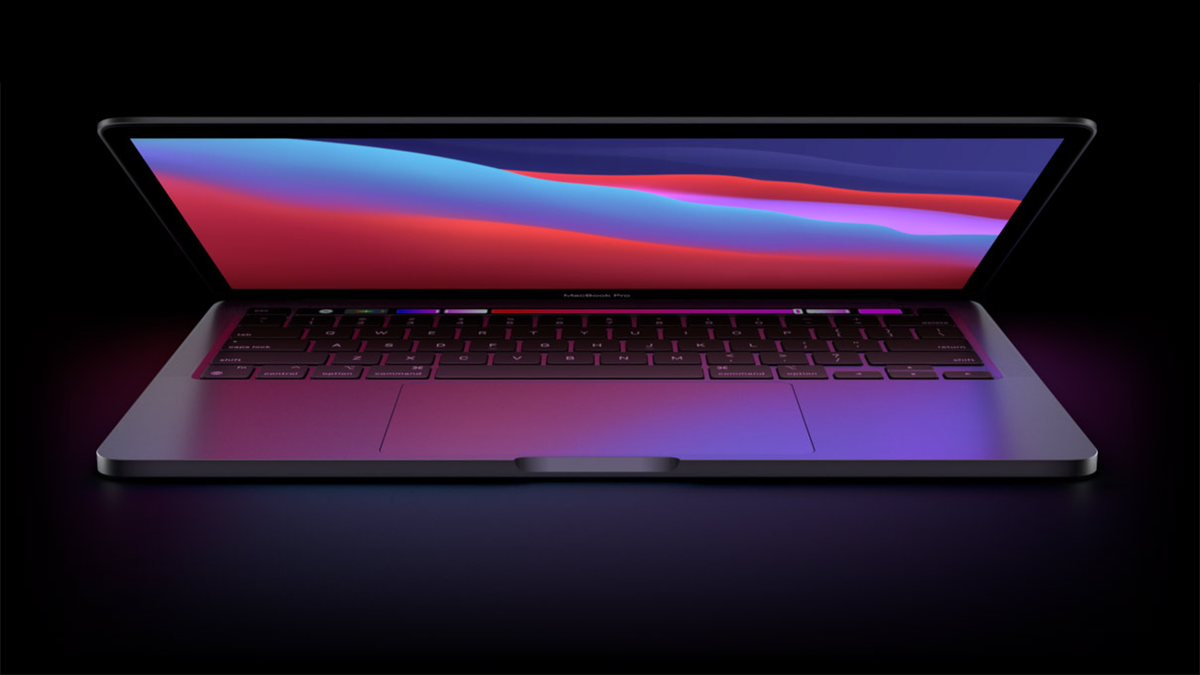The new Apple OS Beta may let upcoming MacBook Pros with 14: 9 displays through
[ad_1]
Apple likely accidentally revealed screen resolutions for its upcoming MacBook Pro notebooks in a beta version of its upcoming macOS Monterey operating system. If this information is correct, the new 14-inch and 16-inch display MacBook Pros will have higher resolutions than all current Apple monitors, but perhaps more importantly, they will have a different aspect ratio.
Apple’s macOS Monterey Beta 7 lists two Retina displays with resolutions not currently supported by any of Apple’s Retina monitors, which may mean these resolutions will be included in the upcoming MacBook Pros, which are expected to be released in October or November are reported MacRumors.
Assuming the operating system doesn’t list resolutions to be supported in the distant future, the new MacBook Pro 14 offers a native resolution of 3024 × 1964, while the next-generation MacBook Pro 16 offers a native resolution of 3456 × 2234. Both LCDs offer a pixel density of 257 pixels per inch (PPI), compared to 227 PPI on today’s MacBook Pros.
While it’s good to see that Apple is likely to be bringing out MacBook Pros with higher native resolutions (keep in mind that Apple laptops ship with scaled down resolutions by default so everything looks bigger and smoother), the more important aspect here is the possibility that MacBook Pros of the next generation will have an aspect ratio of 14: 9 (1.56: 1), which is a large deviation from today’s 16: 9.
This new possible aspect ratio implies two things. First, the new MacBook Pros must have a design that is very different from any Apple laptops released in recent years. This is backed up by rumors from July that we would see redesigned MacBook Pros in the third quarter of this year. Second, these new laptops may require Apple to use new backlight technology, which is why Apple allegedly went for mini-LED backlight LCD panels in those July rumors.
A 14: 9 aspect ratio is very close to the 3: 2 (1.5: 1) aspect ratio preferred by several productivity laptop displays today. Such an aspect ratio shows more data vertically, which is great for encoding, reading, and writing, but may not be ideal for multitasking across different windows. Perhaps fixing this imbalance is the reason Apple reportedly opted for a slightly wider 14: 9 aspect ratio.
At the same time, however, the 14: 9 and 3: 2 aspect ratio displays are not ideal for viewing content captured for 16: 9 screens (think TV content) as they create noticeable black bars. Even those who like to watch films made for the cinema (in aspect ratios such as 2.35: 1 or 2.39: 1) will see even larger black bars on these displays.
At the very least, using mini-LED backlit LCDs should alleviate the black bars problem somewhat by making the image bright but turning off the black bars backlighting.
However, there could be a silver lining to display content. Anyone who has access to content in IMAX format (1.43: 1) will probably find it better on 14: 9 and 3: 2 monitors.
Apple doesn’t comment on unreleased products, so we don’t know if the upcoming MacBook Pro laptops will actually have 14: 9 aspect ratio displays with mini-LED backlights. But if the rumors are true, the wait will be over in a few weeks.
[ad_2]

